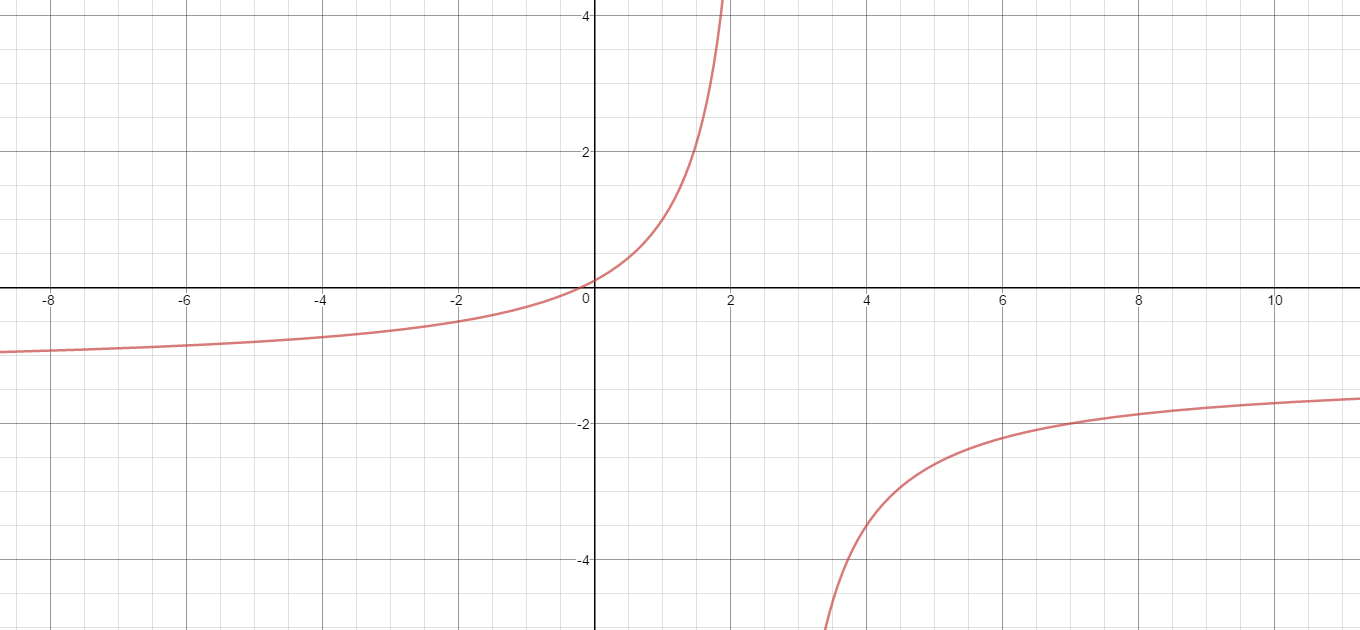How do use the discriminant test to determine whether the graph #4xy+5x-10y+1=0# whether the graph is parabola, ellipse, or hyperbola?
1 Answer
Please see the explanation.
Explanation:
Here is a reference Conic Sections that I will use.
Here is the general Cartesian form of a conic section:
The discriminant is:
The discriminant test is the following 3 "If-then" tests; two of which have subordinate special cases:
The given equation is the type specified by [3.1]. A rectangular hyperbola .
Here is the graph of the equation:

